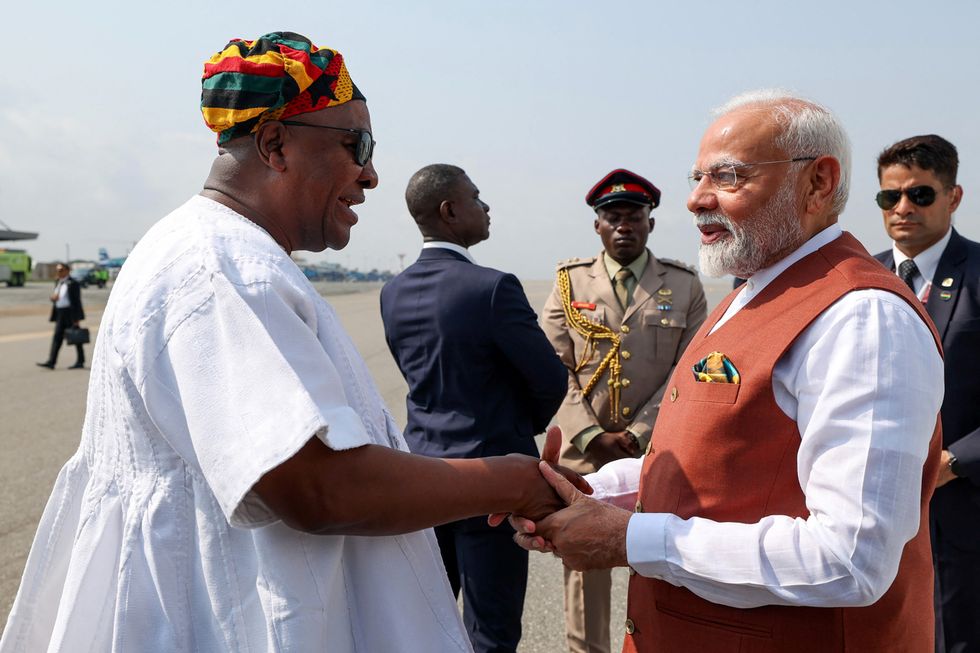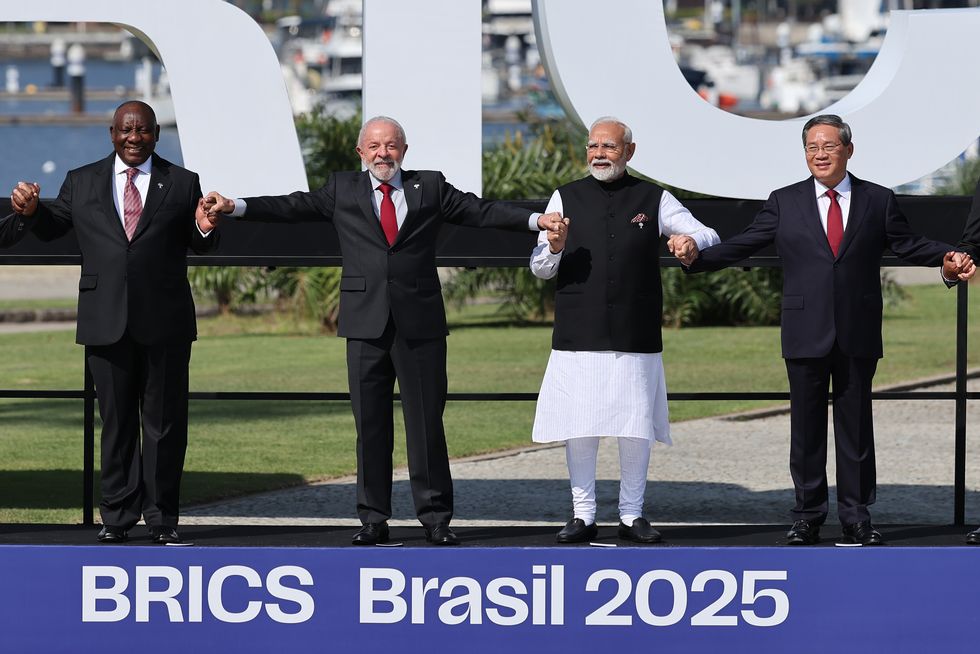CHANCELLOR Rachel Reeves has confirmed that the minimum wage will rise to £12.21 per hour for workers over the age of 21 starting from April 2025.
This increase is seen as a key step towards fulfilling Labour's commitment to establishing a genuine living wage for employees across the UK, reported the BBC.
The pay rise will affect over three million workers, including those aged 18 to 20 and apprentices, who will also see their minimum pay increase.
Specifically, the wage for 18 to 20-year-olds will jump from £8.60 to £10 per hour, while apprentices will experience the largest boost, with their wage rising from £6.40 to £7.55. For full-time workers aged 21 and over, this increase translates to an annual salary of approximately £23,873.60, up from £22,368.06.
The government has indicated that this rise is the first step towards unifying the minimum wage for all adults. This comes in response to the rising cost-of-living, with the Low Pay Commission being instructed to factor this into its recommendations for wage rates.
While many have welcomed the increase, concerns have been raised by business owners about the potential impact on hiring and operational costs.
Christine Dobson Moore, owner of Sanwitches Cafe in Sabden, shared her worries, saying that her business is already struggling and that many politicians seem disconnected from the realities faced by small business owners.
Kate Nicholls, the chief executive of UK Hospitality, expressed that the hospitality sector is particularly vulnerable. She noted that the higher minimum wage combined with other expected costs could threaten jobs and hinder investment in the industry.
Nick Mackenzie, CEO of Greene King, highlighted that the cumulative effect of rising costs is critical for the sector. He warned that increased costs might lead to job cuts and reduced investment if businesses are pressured too much.
Meanwhile, a Tory spokesperson cautioned that any wage increase could be negated by tax rises in the budget.
Currently, employers pay a rate of 13.8 per cent on earnings above £175 per week, but changes may lower this threshold, aiming to generate significant revenue for public services.
Trade union representatives defended the wage increase, asserting that previous predictions of job losses due to minimum wage hikes have consistently proven to be unfounded. Paul Nowak, general secretary of the Trades Union Congress, stressed that every increase has historically led to positive outcomes for workers.
Claire Reindorp, chief executive of Young Women’s Trust, added that women, who are often in lower-paid roles, would particularly benefit from the rise. She noted that the financial strain many have faced during the current economic crisis highlights the need for better pay.




















 John Dramani Mahama welcomes Modi on his arrival in Accra last Wednesday (2)
John Dramani Mahama welcomes Modi on his arrival in Accra last Wednesday (2) South Africa’s president Cyril Ramaphosa, Brazil’s president Luiz Inacio Lula da Silva, Modi and China’s premier Li Qiang at the Brics summit last Sunday (6)
South Africa’s president Cyril Ramaphosa, Brazil’s president Luiz Inacio Lula da Silva, Modi and China’s premier Li Qiang at the Brics summit last Sunday (6)
